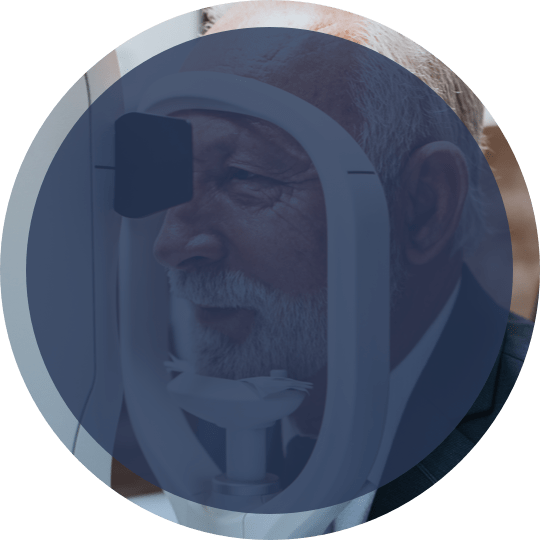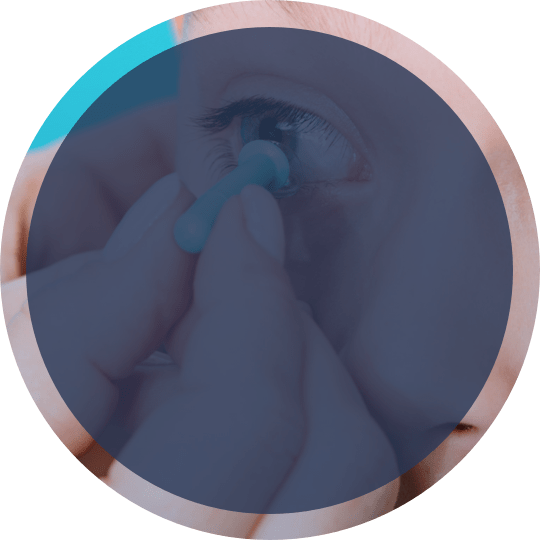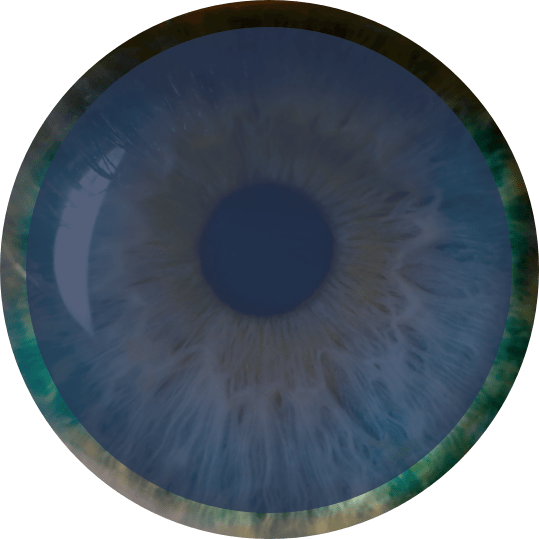
Protecting Against the Silent Thief of Sight
Glaucoma has earned the nickname the silent thief of sight because it often occurs without symptoms until damage has already set in. But without symptoms, how do you know if glaucoma is threatening your vision?
As ophthalmologists, we use our understanding of the eye’s inner structures to diagnose and monitor diseases that aren’t outwardly visible. With today’s technology, we can keep guard against glaucoma like never before.
Visit our team at Riverside Eye Specialists to safeguard your sight against glaucoma.
What is Glaucoma?
Glaucoma is a group of eye diseases that damage the optic nerve. In most forms, the damage occurs slowly over time and is related to increased intraocular pressure.
Common Types of Glaucoma
There are many types of glaucoma. It can be present at birth, occur after an injury, or develop alongside another eye condition. Let’s examine some common forms of the disease.
Primary Open-Angle Glaucoma
Primary open-angle glaucoma accounts for 90% of glaucoma cases. It occurs when the drainage angle between the iris and cornea remains open, but fluid drains too slowly. This causes pressure to rise, and the optic nerve sustains damage over time.
With open-angle glaucoma, there are no symptoms or outwardly noticeable signs until vision loss has occurred.
Angle-Closure Glaucoma
Angle-closure glaucoma is an ocular emergency. The drainage angle between the iris and the cornea closes, leading to a quick increase of pressure. The closure can happen slowly, but an acute closed-angle glaucoma attack occurs once it’s fully blocked.
Symptoms of an angle-closure glaucoma attack are sudden and include:
- Blurred vision
- Nausea & vomiting
- Headache
- Severe eye pain
- Auras or halos around lights
Angle-closure glaucoma attacks require immediate medical intervention.
Normal-Pressure Glaucoma
Normal-pressure (or low pressure) glaucoma develops due to reasons that are currently unclear. However, an ophthalmologist can still detect it during an exam by looking closely at the optic nerve or through a visual field test.
How We Diagnose & Manage Glaucoma
The most critical component in managing glaucoma is regular eye exams. If you are over 45 or have a family history of glaucoma, you need an eye exam every year.
Our Technology
Breakthroughs in technology allow us to get a better look at glaucoma progression than ever before. At Riverside Eye Specialists, we use applanation tonometry and iCare’s efficient and convenient tonometer to measure intraocular pressure.
Management Practices
Once vision is lost, it can’t be restored. Still, we do have ways to stop vision loss before it occurs. We offer laser eye surgery options to manage the effects of glaucoma. Eye drops that lower pressure by reducing eye fluid production or increasing drainage can also help manage glaucoma and prevent eye damage.
Let our ocular care team work with you to manage your glaucoma. Come in for regular checkups to monitor the effectiveness of your management plan.

Our Location
You can find our practice near the historic downtown Riverside, California. If you have any trouble finding us, give us a call!
To request an appointment please call or text us at 951-686-4911.
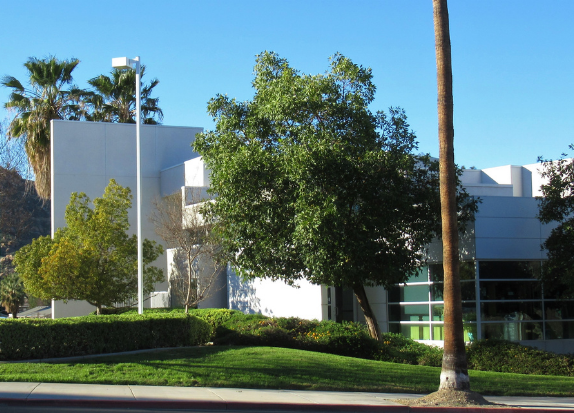
Our Address
- 4605 Brockton Ave, Suite 100
- Riverside, CA 92506
Contact Information
- Phone: 951-686-4911
- Fax: 951-686-9409
Hours Of Operation
- Monday: 8:00 AM – 4:30 PM
- Tuesday: 8:00 AM – 4:30 PM
- Wednesday: 8:00 AM – 4:30 PM
- Thursday: 8:00 AM – 4:30 PM
- Friday: 8:00 AM – 4:30 PM
- Saturday: Closed
- Sunday: Closed
Our Services
Our Brands








